annex ix options for discussion on mineral fertilizers as agreed at epman-3, incorporating comments received by 23 october 2009 i. c
Annex IX Options for discussion on Mineral Fertilizers
As agreed at EPMAN-3, incorporating comments received by 23 October
2009
I. Current Annex IX text for mineral fertilizers.
B. Urea and ammonium carbonate fertilizers
4. Within one year from the date of entry into force of the present
Protocol for it, a Party shall take such steps as are feasible to
limit ammonia emissions from the use of solid fertilizers based on
urea.
5. Within one year from the date of entry into force of the present
Protocol for it, a Party shall prohibit the use of ammonium carbonate
fertilizers.
II. Outcome of the EPMAN-3 discussion
General Comment: Four options were presented as input to the EPMAN-3
discussions (see EPMAN-3 website). Two alternatives were provided for
phrasing a voluntary commitment (option level C), together with one
approach for a firm mandatory requirement, with different percentage
reduction targets (option level B), as well as an option (option level
A) for prohibition of the use of urea, as was previously discussed
under the original Gothenburg Protocol negotiation.
It was agreed that mandatory requirements are technically appropriate,
and to use the second approach noted above to describe these. This
applies the existing formulation from Paragraph 6 of Annex IX (slurry
application) to the context of urea. The proposal for prohibition of
urea use was not justified on technical or market grounds, especially
as a high ambition option could be achieved using with mandatory
restrictions (see further comments below).
Towards the end of EPMAN-3 an additional proposal was made for
restrictions when using ammonium phosphate and ammonium sulphate on
calcareous soils. This proposal is included here, but will require
more discussion prior to TFRN-3.
III. Proposed amendment of the Annex IX text on mineral fertilizers.
Comment: The intention is to specify that some mandatory requirements
would be established for Parties to reduce ammonia emissions from
fertilizers based on urea, according to a varying level of ambition.
[delete: B] [insert: G]. Urea and ammonium [INSERT: based] [DELETE:
carbonate] fertilizers
[Delete: 4] [Insert: 13]. Within one year from the date of entry into
force of the present Protocol for it, a Party shall [delete: take such
steps as are feasible to limit ammonia emissions from the use of solid
fertilizers based on urea.] [insert: ensure that low-emission
application techniques for fertilizers based on urea (as listed in
guidance document V adopted by the Executive Body at its seventeenth
session (decision 1999/1) and any amendments thereto) that have been
shown to reduce emissions by at least 30/50/80% compared to the
reference specified in that guidance document are used, with the
choice among these methods taken to match local soil, crop or other
agronomic considerations.]
[Delete: 5] [Insert: 14]. Within one year from the date of entry into
force of the present Protocol for it, a Party shall prohibit the use
of ammonium carbonate fertilizers.
[INSERT: Within one year from the date of entry into force of the
amended Protocol for it, a Party shall ensure that, where fertilizers
based predominantly on ammonium sulphate or ammonium phosphate are
applied to calcareous soils, the Party shall ensure that low-emission
application techniques (as listed in guidance document V adopted by
the Executive Body at its seventeenth session (decision 1999/1) and
any amendments thereto) that have been shown to reduce mean emissions
by at least 30/50/80% as compared with the reference specified in that
guidance document are used.
Notes on ambition levels A, B, C.
*
Ambition level A is set at 80% reduction, including the paragraph
on other fertilizers applied to calcareous soils.
*
Ambition level B is set at 50% reduction, including the paragraph
on other fertilizers applied to calcareous soils.
*
Ambition level C is set at 30% reduction for urea only, not
including the paragraph on other fertilizers.
IV. Issues for further discussion at TFRN-3
It remains a matter of discussion whether, at ambition level C, the
paragraph on calcareous soils would be included. Regional estimates
would be desirable that specify the scale of regional ammonia
emissions from ammonium sulphate and ammonium phosphate and the
potential of the requirement on calcareous soils to reduce regional
ammonia emissions. A formal definition of calcareous soils may be
needed.
It was discussed whether to allow an exemption to the requirement
under ambition level C, for grassland that is not irrigated. If that
were accepted, the requirement for this situation would be to take
such steps to achieve the specified reduction as far as the Party
considers it reasonable.
It remains to be considered whether a delayed implementation date
would reduce costs and aid ratification of these options. For example,
it was suggested that the high ambition option (Option A) should be
linked to an implementation date of 2019 rather than upon immediate
ratification.
The exact phrasing of the options for mineral fertilizers remains a
matter of discussion. In principle, the main intention of the proposed
wording is that unabated, free broadcast of urea (the reference
method) is avoided. A more direct phrasing might, however, be
preferred. The debate between alternative phrasing approaches may
depend on the extent to which ATMS approaches are considered
applicable to reduce ammonia emissions following urea application.
The phrasing of the options described above requires an updating of
the section on ammonia emission reduction from mineral fertilizers in
the Ammonia Guidance Document. The draft table (Table 1) included
below was discussed during EPMAN-3 as a basis for preparing such a
revision. Further options to reduce ammonia emissions following urea
application may be considered.
V. General comments on the proposed options for mineral fertilizers
The urea options considered here focus on mandatory measures to limit
urea use to situations and application methods giving a specified
reduction in ammonia emission compared with the reference technique
(free broadcast of urea).
It is noted that the exiting Protocol text includes a complete
prohibition of ammonium carbonate use as a fertilizer. In principle, a
prohibition of urea use could also be considered, and it is noted that
this was discussed when originally negotiating the Gothenburg Protocol
prior to 1999. The TFRN does not propose such a prohibition because of
both technical and market reasons. Firstly, major reductions in
ammonia emissions from urea can be achieved by technical measures.
Secondly, market mechanisms result in urea acting as a buffer in the
European market price and volume of other nitrogen fertilizers.
Recognizing that a prohibition of urea use could provide an artificial
barrier to international trade, it is concluded that the focus in
mitigating ammonia emissions from urea use must be on technical
measures.
It was agreed on technical grounds that all three ambition levels
would apply to all farm sizes, since this would ease implementation,
and because other available fertilizers can be used as an alternative
to urea.
VI. Draft material for revision of the Ammonia Guidance Document
Table 1. Draft table of measures as discussed in EPMAN-3 as a basis
for further development of the urea section in the Ammonia Guidance
Document. This is NOT intended to be an exclusive list of prohibited
or acceptable measures. Rather, it provides guidance on the main
measures that could achieve a certain percentage emission reduction
target.
Technique
% NH3 emission reduction achievable (these indicative numbers to be
confirmed)
Comments/limitations etc.
Reflection of ambition level
The REFERENCE method is free broadcast application for small prills (2
mm) of solid urea.
0%
Urease inhibitors
50%
A (high)
Technique 1
ATMS (Note 1).
30% subject to verification
Especially relevant for arable systems
C (low)
Technique 1 or 2. (to discuss)
Coatings of urea pellets (slow release fertilizer),
Generally less than 30%? subject to verification of the individual
product (polymer coated)
The main use is as an associated measure with urea injection. On its
own, when combed with surface application, this approach will only
provide a small reduction in ammonia emissions.
low
Technique 1 or 2?
Do not apply urea to soils above pH 7.5 or within 6 months of lime
application to fields
30-50%? For the soil in question.
[Maybe only a point to include in the Framework Code of Practice. The
effect of soil pH on ammonia emissions from urea is debated and this
row may be removed]
C (low)
Injection of urea (solid or liquid) into arable soil (closed furrow)
80-90%
Possibly specify which soil types (open furrow application should be
avoided as this may exacerbate ammonia emissions)
(See note 2).
A (high)
Technique 1
Incorporation of urea into arable soil (shallow cultivation)
80%
B (medium)
Technique 1
Band incorporation of urea into surface of no-till agriculture
Bad not recommended
Raises soil surface pH and increased NH3 due to rapid hydroloysis from
large urease from the material.
Technique 3.
Pellet size
15-20%? (dependent on soil type)
Big pellets reduce the pH increase of hydrolysis… (Catharine Watson
paper)
Technique 2 (?). Only C if combined with other measures.
[No spreading after manure and slurry application]
??
[Saturation of absorption sites; code of good practice measure, also
linked to N2O]
C
Irrigation immediately following surface urea application (minimum of
10 mm water application)
30%-50%? (to confirm)
Comment: water should not be applied to wet soils beyond field
capacity. Only a viable option for countries where irrigation is
already common practice.
B or C
Technique 1
Mixing urea with acidified sulphate
30%
Noted by Oenema, more details needed.
C
Technique 1 or 2
Notes:
1. ATMS: Application Timing Management System. This represents a
verified system to exploit the variation in ammonia emission potential
based on environmental conditions, so as to use management of
application timing to reduce overall emissions. A more detailed
description is provided in the documentation submitted to TFRN-3.
2. Coatings of urea pellets (slow release fertilizer) provide a useful
approach to maximize the benefits of urea incorporation, as this can
allow a single fertilizer application at the time of crop sowing,
thereby avoiding the need for urea top dressing and the associated
higher ammonia emissions.
_______________________________
Annex IX: Fertilizer options: Outcome from EPMAN-3 4 of 4
 LĪGUMS NR PAR DALĪBU EIROPAS UN LATGALES
LĪGUMS NR PAR DALĪBU EIROPAS UN LATGALES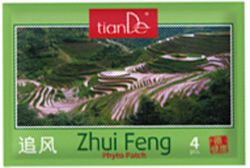 F ITOPATCH ŽUY FENG TIANDE (4 KS BAL)
F ITOPATCH ŽUY FENG TIANDE (4 KS BAL)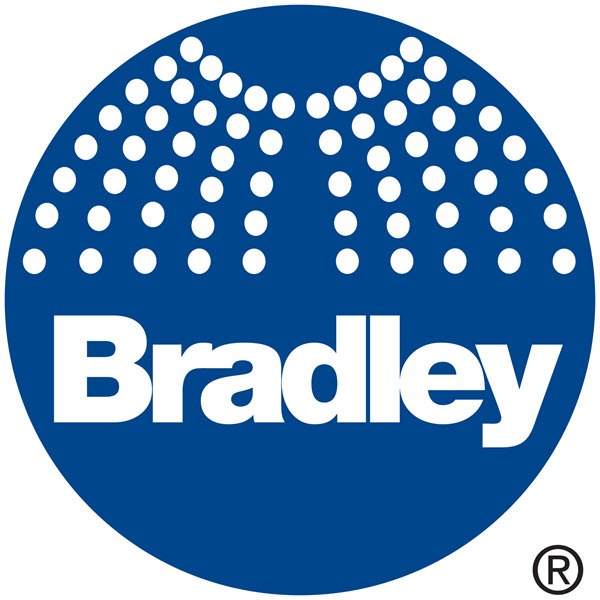 BRADLEY HALO EMERGENCY PLUMBING FIXTURES PEDESTALMOUNTED GUIDE SPECIFICATION BRADLEY
BRADLEY HALO EMERGENCY PLUMBING FIXTURES PEDESTALMOUNTED GUIDE SPECIFICATION BRADLEY 22ND JUNE 2011 PROJECT AFTER TRACES OF TOTALITY MARIE
22ND JUNE 2011 PROJECT AFTER TRACES OF TOTALITY MARIE WWWTELECARDIOLOGOCOM CONSEJOS SOBRE LOS LÍQUIDOS EN LOS PACIENTES
WWWTELECARDIOLOGOCOM CONSEJOS SOBRE LOS LÍQUIDOS EN LOS PACIENTES DATE SECTION 40 94 13 PROJECT NUMBER PROCESS MONITORING
DATE SECTION 40 94 13 PROJECT NUMBER PROCESS MONITORING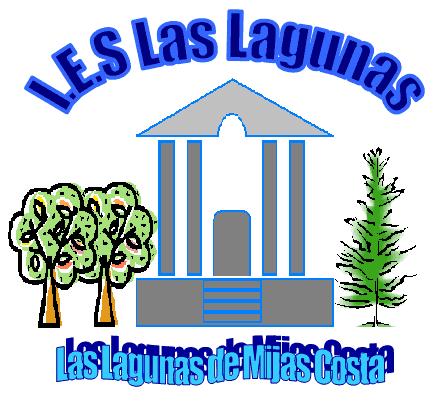 D EPARTAMENTO DE TECNOLOGÍA IES LAS LAGUNAS IES LAS
D EPARTAMENTO DE TECNOLOGÍA IES LAS LAGUNAS IES LAS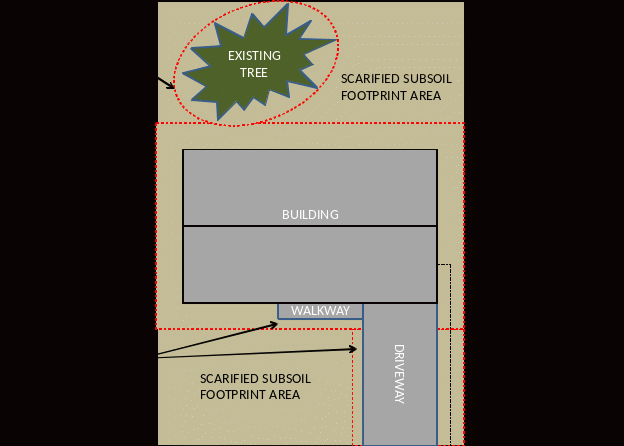 COMPOST AMENDED PLANTING SOIL SPECIFICATIONS USE THIS DOCUMENT TO
COMPOST AMENDED PLANTING SOIL SPECIFICATIONS USE THIS DOCUMENT TO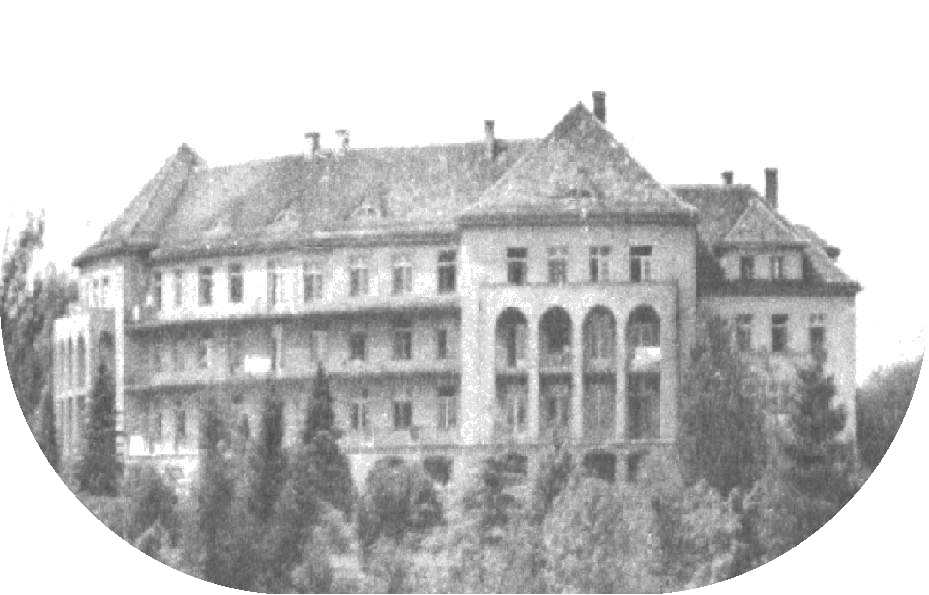 WOJEWÓDZKI SZPITAL REHABILITACYJNY DLA DZIECI W JASTRZĘBIU ZDROJU
WOJEWÓDZKI SZPITAL REHABILITACYJNY DLA DZIECI W JASTRZĘBIU ZDROJU KERANGKA KONSEP PEREKONOMIAN SYARIAH DAN FAKTOR KEAMANAN KAMIS 10
KERANGKA KONSEP PEREKONOMIAN SYARIAH DAN FAKTOR KEAMANAN KAMIS 10 ERKLÄRUNG ZU BISHERIGEN AUSBILDUNGS SOWIE BESCHÄFTIGUNGSZEITEN ZUR EINHALTUNG DER
ERKLÄRUNG ZU BISHERIGEN AUSBILDUNGS SOWIE BESCHÄFTIGUNGSZEITEN ZUR EINHALTUNG DER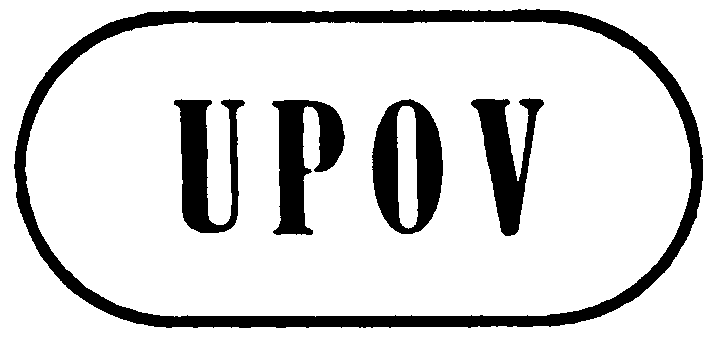 TG2210 REV FRESA FRUTILLA 20120328 6 S
TG2210 REV FRESA FRUTILLA 20120328 6 S